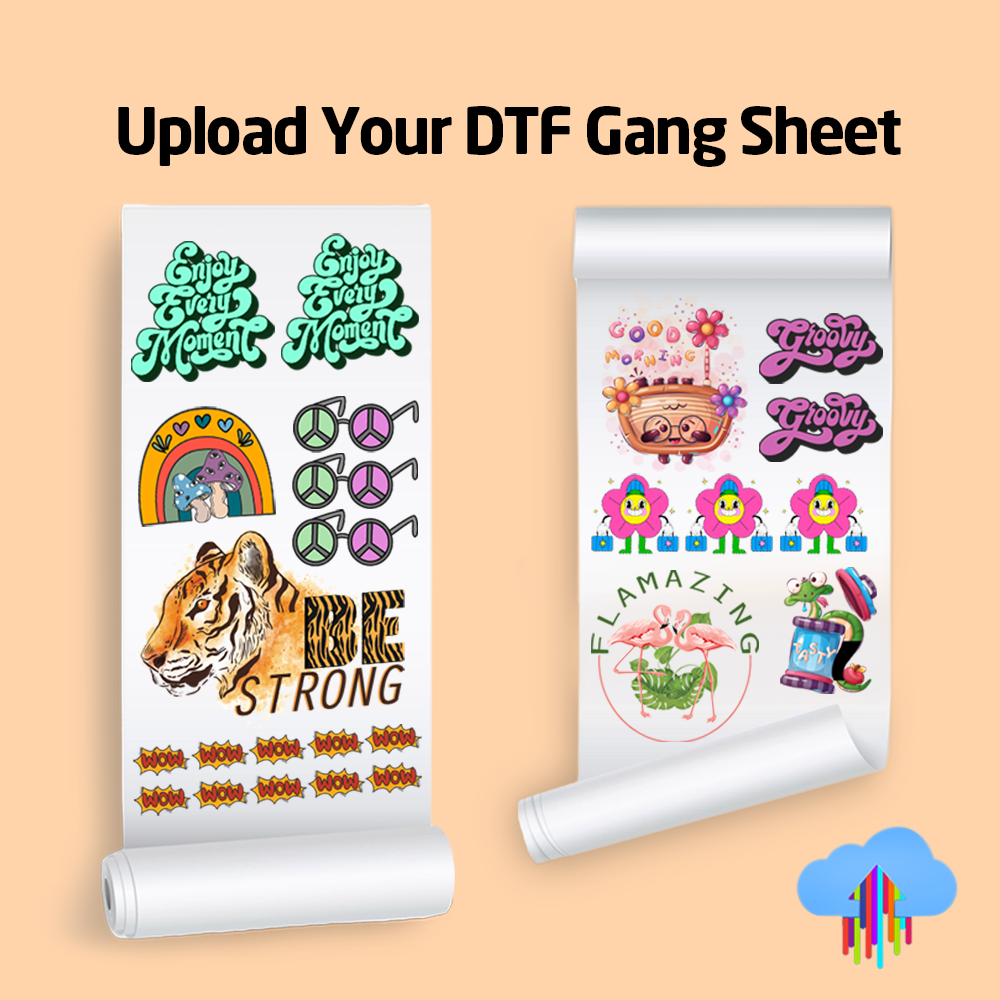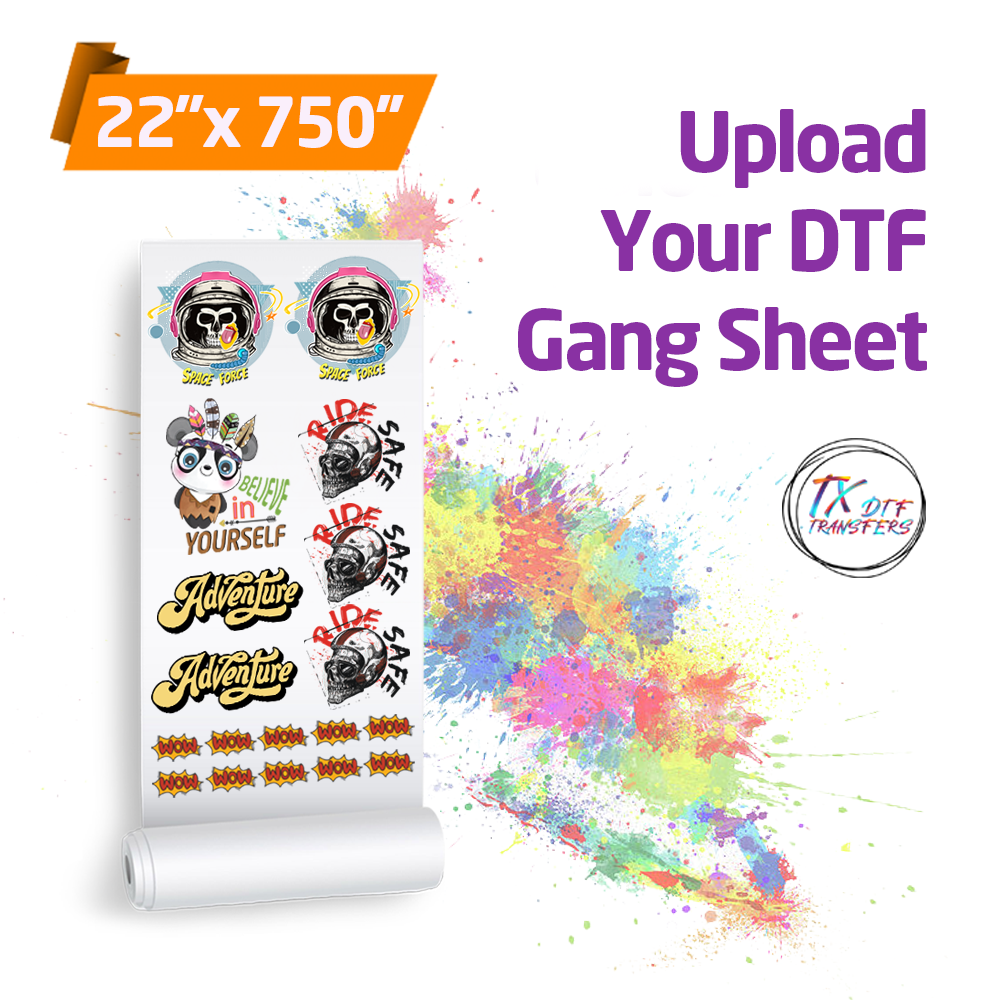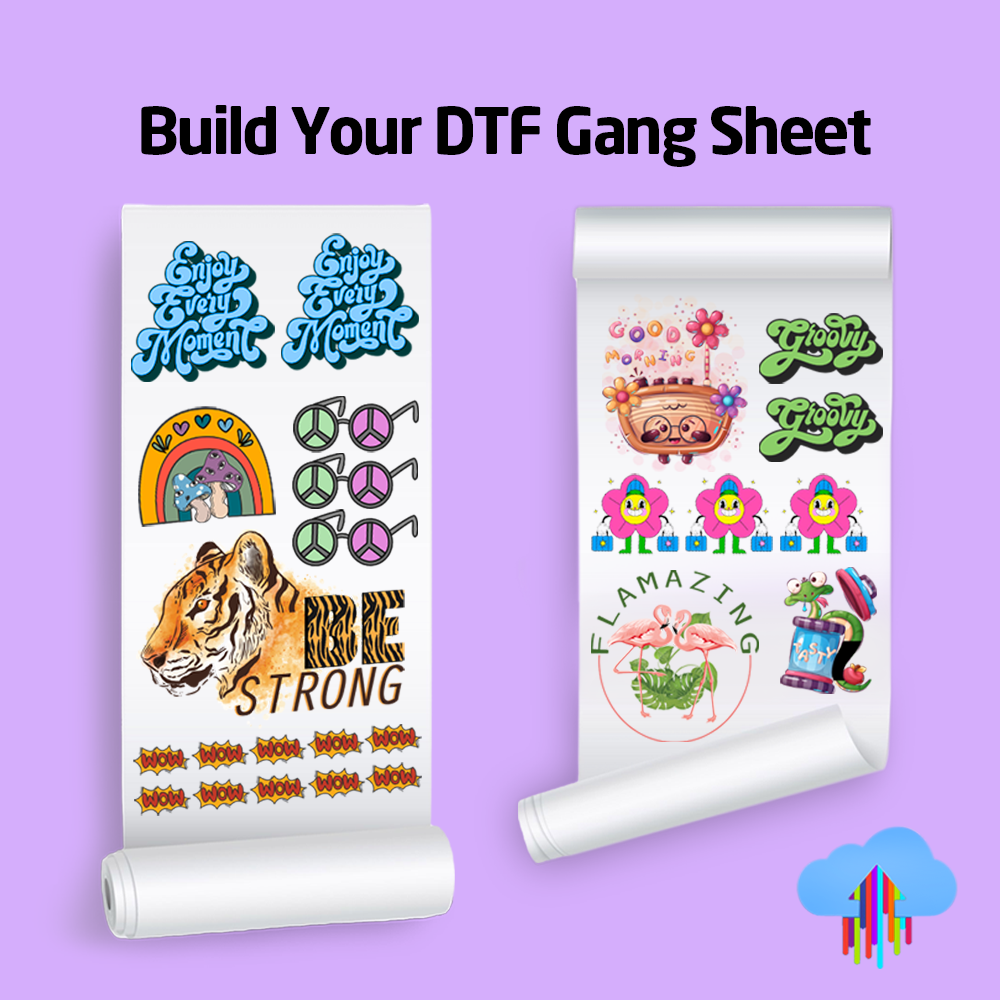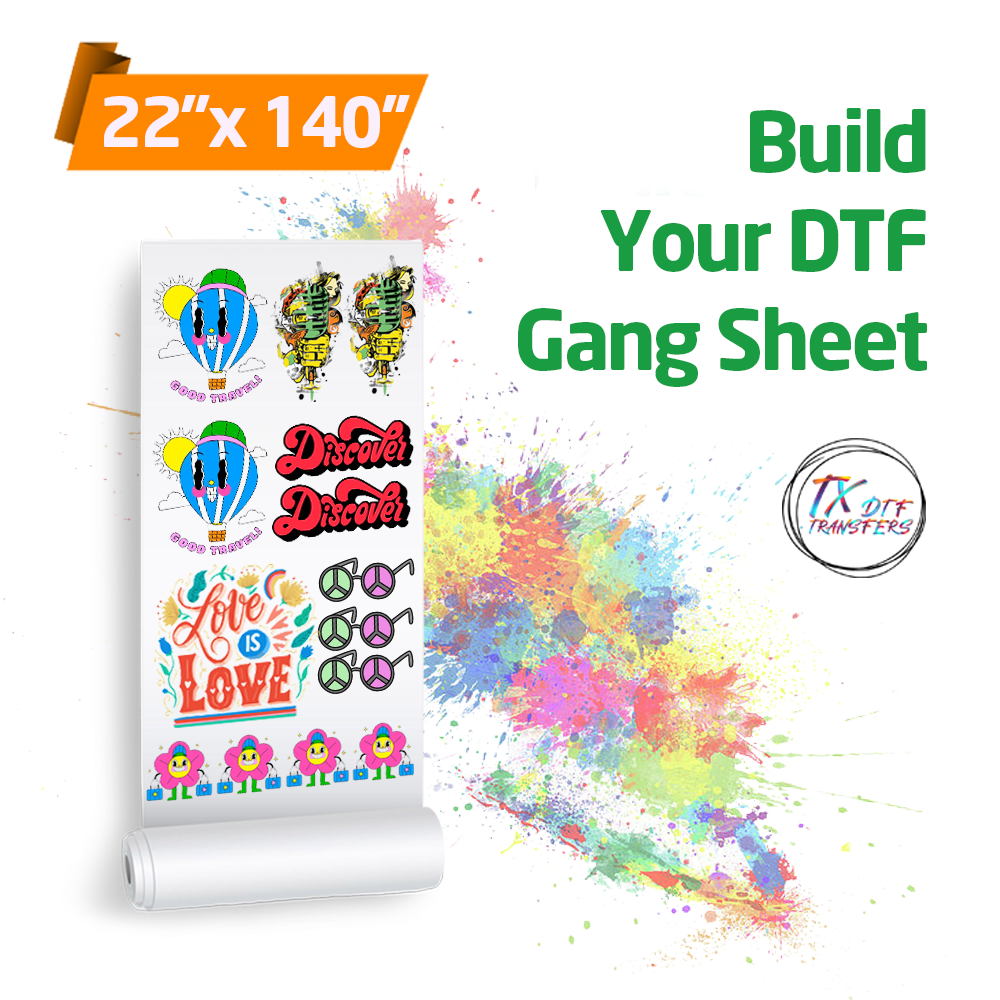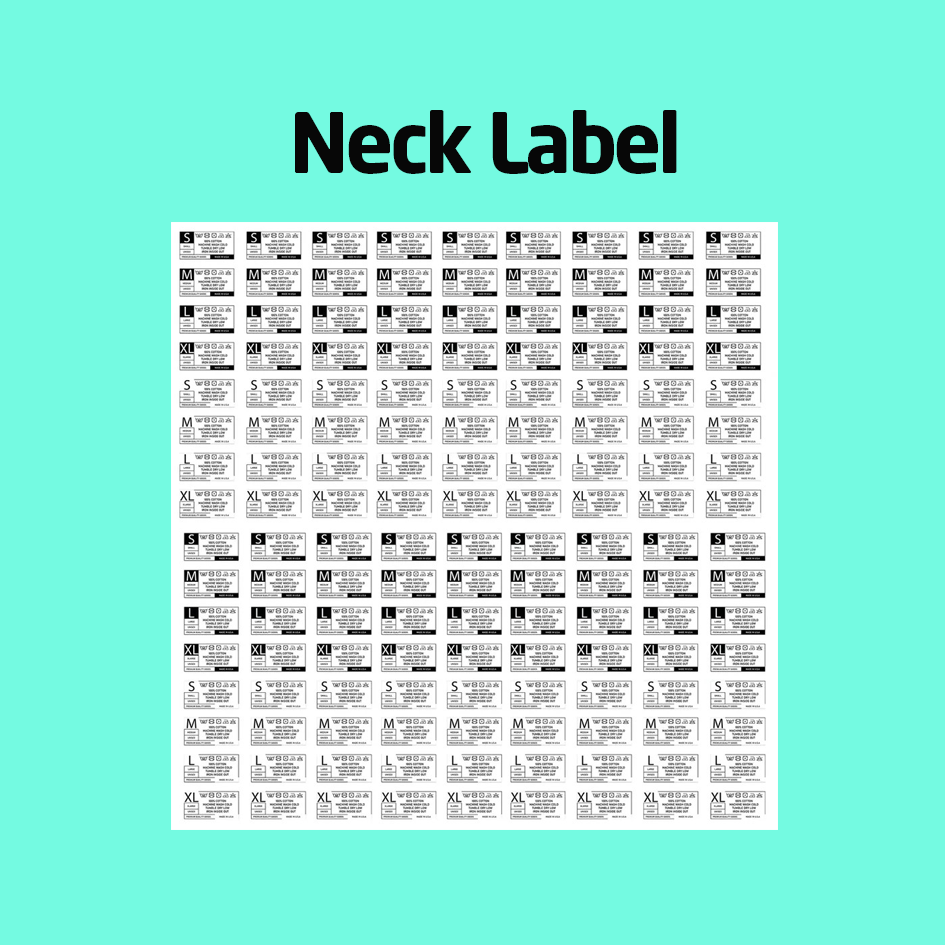DTF vs. HTV (Vinyl Heat Transfer) Comparison: Which Printing Method Is Better for You?
In today’s DIY and custom apparel market, hobbyists and small business owners have a variety of printing methods to choose from. Two of the most popular techniques are Direct-to-Film (DTF) printing and Heat Transfer Vinyl (HTV), commonly known as vinyl heat transfer. In this comprehensive guide, we’ll compare DTF and HTV printing in detail, looking at key aspects such as start-up costs, equipment requirements, print quality, color and detail capabilities, material compatibility, and durability. By the end of this article, you’ll have a clearer understanding of which method—DTF vs HTV—is better suited for your specific needs, whether you’re creating multi-colored intricate designs or simpler, budget-friendly projects.
Introduction
Custom printing has become a cornerstone of personalized fashion and DIY projects. With the rapid advancement in printing technologies, hobbyists now have access to methods that were once limited to professional print shops. DTF printing and HTV are two popular methods, but they each come with their own set of benefits and drawbacks.
When deciding between these two, consider the complexity of your designs, the types of substrates you want to print on, and your budget. This guide is designed to help you make an informed decision by breaking down the critical differences between DTF and HTV printing. Let’s explore each method in depth.
What is DTF Printing?
Direct-to-Film (DTF) printing is a digital process where designs are first printed onto a specialized film using high-quality, UV-curable or conventional inks (typically in CMYK with an added white channel). After printing, an adhesive powder is applied to the wet ink and then cured—usually via heat pressing or oven curing. The cured film is then transferred onto a substrate, such as textiles, using a heat press.
Key Advantages of DTF Printing:
-
Versatility: DTF printing works on a wide variety of fabrics, including cotton, polyester, blends, and even unconventional materials.
-
High Resolution and Vibrancy: It produces intricate, photo-realistic images with excellent color vibrancy. The use of a white ink layer is particularly beneficial when printing on dark substrates.
-
No Fabric Pretreatment Required: Unlike Direct-to-Garment (DTG) printing, DTF does not require pretreatment of the fabric, reducing preparation time and costs.
-
Flexibility for Short Runs: It is cost-effective for low-volume and on-demand printing, making it ideal for custom orders and one-off designs.
Applications:
DTF printing is primarily used in custom apparel, but its ability to produce high-quality prints means it is increasingly being adopted for other applications, such as creating customized bags, caps, and even home decor items.
What is HTV (Vinyl Heat Transfer) Printing?
Heat Transfer Vinyl (HTV) is a traditional method that involves cutting a design out of colored vinyl sheets and then applying it to a garment using heat and pressure. The process begins with designing and cutting the vinyl—often using a digital cutter—and then weeding out the excess material. The vinyl is then placed on the garment and pressed with a heat press to bond it permanently to the fabric.
Key Advantages of HTV:
-
Cost-Effective for Simple Designs: HTV is generally less expensive for simpler, single-color designs or those with limited color variations.
-
Durability: When applied correctly, HTV prints are highly durable, offering excellent resistance to washing and wear.
-
Ease of Use for Beginners: The process is straightforward—cut, weed, and press—making it accessible for hobbyists who want to quickly produce custom items.
-
Wide Availability: HTV materials come in a wide variety of colors and finishes (matte, glossy, metallic), giving you extensive design options.
Applications:
HTV is widely used for custom T-shirts, sports jerseys, and other apparel items. It’s a popular choice for those who want to create personalized gifts or for small businesses that specialize in custom apparel with simple, bold designs.
Detailed Comparison: DTF vs. HTV
When deciding between DTF and HTV, it’s important to consider several factors that affect both the quality and the overall process.
1. Start-Up Costs and Equipment Requirements
DTF Printing:
-
Equipment: Requires a DTF printer (which can range in price depending on quality), specialized transfer films, DTF inks (including white ink), an adhesive powder, and a heat press or curing oven.
-
Costs: Initial investment may be moderate, especially if you are looking to produce high-quality, multi-colored designs on a variety of fabrics.
-
Scalability: Ideal for both short runs and larger batches; you pay per print without the need for creating physical screens or cutting multiple layers.
HTV Printing:
-
Equipment: Involves a digital cutter (or vinyl cutter), weeding tools, and a heat press.
-
Costs: Generally lower initial equipment costs compared to DTF, especially if your designs are simple. However, complex multi-color designs may require several layers of vinyl, increasing both material costs and labor.
-
Scalability: Best suited for smaller, simple designs. Scaling up can become labor-intensive, especially when dealing with intricate designs that require multiple vinyl layers.
Summary:
DTF tends to have a higher start-up cost compared to HTV, but it offers greater flexibility and quality for complex designs. HTV is cost-effective for simpler, single-color or limited-color projects, making it a good option for hobbyists on a budget.
2. Print Quality, Color, and Detail Capacity
DTF Printing:
-
Print Quality: Delivers high-resolution, photo-realistic images. The ability to print detailed gradients and intricate patterns is one of its strongest points.
-
Color Vividness: Excellent color reproduction, even on dark fabrics, due to the white underbase provided by the white ink channel.
-
Detail Capacity: Ideal for complex, multi-colored designs. The digital nature of the process ensures that even the finest details are captured accurately.
HTV Printing:
-
Print Quality: Best for bold, simple designs. While HTV can produce vibrant colors, it often struggles with very fine details or gradients.
-
Color Vividness: Good color vibrancy is achievable, but the limitations of the vinyl material can restrict color transitions and subtle gradients.
-
Detail Capacity: Not as effective for highly detailed designs, as the cutting process may not capture very small elements accurately. Complex designs may require multiple layers, which can complicate the production process.
Summary:
For highly detailed, multi-colored, and photo-realistic prints, DTF printing generally outperforms HTV. HTV remains a strong choice for simple, bold graphics where intricate details are not as critical.
3. Material Compatibility
DTF Printing:
-
Substrates: Extremely versatile; works on a wide range of fabrics including cotton, polyester, blends, and even some non-textile materials if the transfer film is appropriately adapted.
-
Application: Particularly effective on both light and dark fabrics without requiring extensive pretreatment.
HTV Printing:
-
Substrates: Primarily designed for textiles. While HTV can be applied to various fabric types, it is most commonly used on cotton and cotton-blend fabrics.
-
Limitations: Not well-suited for non-textile surfaces or hard surfaces without significant modifications.
Summary:
DTF printing offers broader compatibility, making it a better choice if you plan to work on different materials beyond traditional textiles. HTV is excellent for standard apparel but is more limited in its substrate range.
4. Durability and Maintenance
DTF Printing:
-
Durability: When applied correctly, DTF prints are very durable and can withstand 50+ washes without significant fading or peeling. The cure process ensures a strong bond between the ink and the fabric.
-
Maintenance: Requires proper handling during the printing and curing processes to maintain long-term durability.
HTV Printing:
-
Durability: HTV prints are also known for their durability, especially when high-quality vinyl is used and proper application techniques are followed. However, repeated washing and improper care can lead to peeling or cracking.
-
Maintenance: HTV designs may be more prone to damage if the garment is not cared for properly. Gentle washing and air drying are recommended to preserve the print quality.
Summary:
Both methods offer durable solutions, but DTF printing tends to deliver more consistent results over many washes, particularly for detailed designs. HTV’s durability largely depends on the quality of the vinyl and the application process.
5. Ease of Use and Workflow
DTF Printing:
-
Process Complexity: Involves several steps—printing on film, powder application, curing, and heat transfer. Although the process may seem complex, it is highly automated in professional setups and can be very efficient for custom, on-demand production.
-
Learning Curve: Requires some initial investment in learning the equipment settings (temperature, pressure, curing time) to achieve consistent results.
-
Flexibility: High flexibility for short-run orders and personalized prints.
HTV Printing:
-
Process Complexity: The process is relatively straightforward: design, cut, weed, and press. This makes it very accessible for beginners and hobbyists.
-
Learning Curve: Easier to master for simple designs. However, intricate designs that require multiple layers of vinyl can become time-consuming and complicated.
-
Flexibility: Best suited for simple, bold designs; less flexible for highly detailed or multi-colored projects.
Summary:
HTV printing offers a simpler workflow for basic designs, making it attractive for beginners. DTF printing, while slightly more complex, provides greater flexibility and quality for a wide range of projects, especially when dealing with multi-color and detailed artwork.
Pros and Cons: DTF vs. HTV
DTF Printing
Pros:
-
Produces high-resolution, photo-realistic prints.
-
Excellent for multi-colored and intricate designs.
-
Versatile substrate compatibility (works on both light and dark fabrics).
-
No need for fabric pretreatment.
-
Consistent durability over many washes.
Cons:
-
Higher initial investment in equipment.
-
More complex process with multiple steps (printing, powder application, curing, transferring).
-
Requires precise control of temperature and pressure settings.
HTV Printing
Pros:
-
Lower start-up costs and simpler workflow.
-
Ideal for bold, single- or limited-color designs.
-
Easy to use for beginners with straightforward cut-weeding-press process.
-
Cost-effective for small batch production.
Cons:
-
Limited in handling highly detailed, multi-colored artwork.
-
Less versatile regarding substrate options (primarily for textiles).
-
Multiple layers needed for complex designs can increase production time.
-
Durability may be compromised if the garment is not properly cared for.
Which Method Is Right for You?
The decision between DTF and HTV printing ultimately comes down to your specific needs and priorities. Consider the following scenarios:
-
Choose DTF Printing If You:
-
Need high-resolution, detailed prints with vibrant colors.
-
Plan to produce complex, multi-colored designs.
-
Want the flexibility to print on a variety of fabrics without pretreatment.
-
Are willing to invest in a more sophisticated process for higher quality and durability.
-
Choose HTV Printing If You:
-
Are focused on simple, bold designs with limited color palettes.
-
Prefer a straightforward, low-cost process that is easy to learn and execute.
-
Primarily print on traditional textiles such as cotton.
-
Need a quick turnaround for small batch production without the complexities of multiple processing steps.
For hobbyists and DIY enthusiasts who desire intricate, professional-grade designs across a broad range of materials, DTF printing often provides superior quality and flexibility. However, if your projects are relatively simple and cost is a primary concern, HTV printing remains an excellent and user-friendly option.
Both DTF and HTV printing have unique strengths that cater to different aspects of the custom printing landscape. By comparing these methods across key criteria—start-up costs, equipment requirements, print quality, color and detail capacity, material compatibility, durability, and workflow—we can see that there is no one-size-fits-all answer. Instead, the choice depends on the specific requirements of your projects.
For those seeking superior detail, vibrant multi-color prints, and the ability to print on a wide range of substrates without pre-treatment, DTF printing is the preferred choice. Its advanced process, although more complex, results in high-quality, durable prints that can stand up to numerous washes. On the other hand, HTV printing offers a simpler, more budget-friendly approach that is perfect for straightforward designs and smaller runs.
Ultimately, your decision should be based on the complexity of your designs, the substrates you plan to use, and your budget. Both methods have proven effective in various applications, and understanding their strengths and limitations will enable you to choose the best printing technology for your needs.
This comparison not only helps you make an informed decision but also provides valuable insights into the world of custom printing. Whether you’re a hobbyist creating personalized apparel or a small business owner planning to expand your product offerings, understanding the differences between DTF and HTV printing will empower you to achieve the best possible results for your creative projects.
By carefully considering the factors discussed in this guide, you can select the method that aligns best with your production goals, ensuring that your custom prints are both eye-catching and long-lasting. Happy printing, and may your creative journey be filled with vibrant, professional-quality results!






